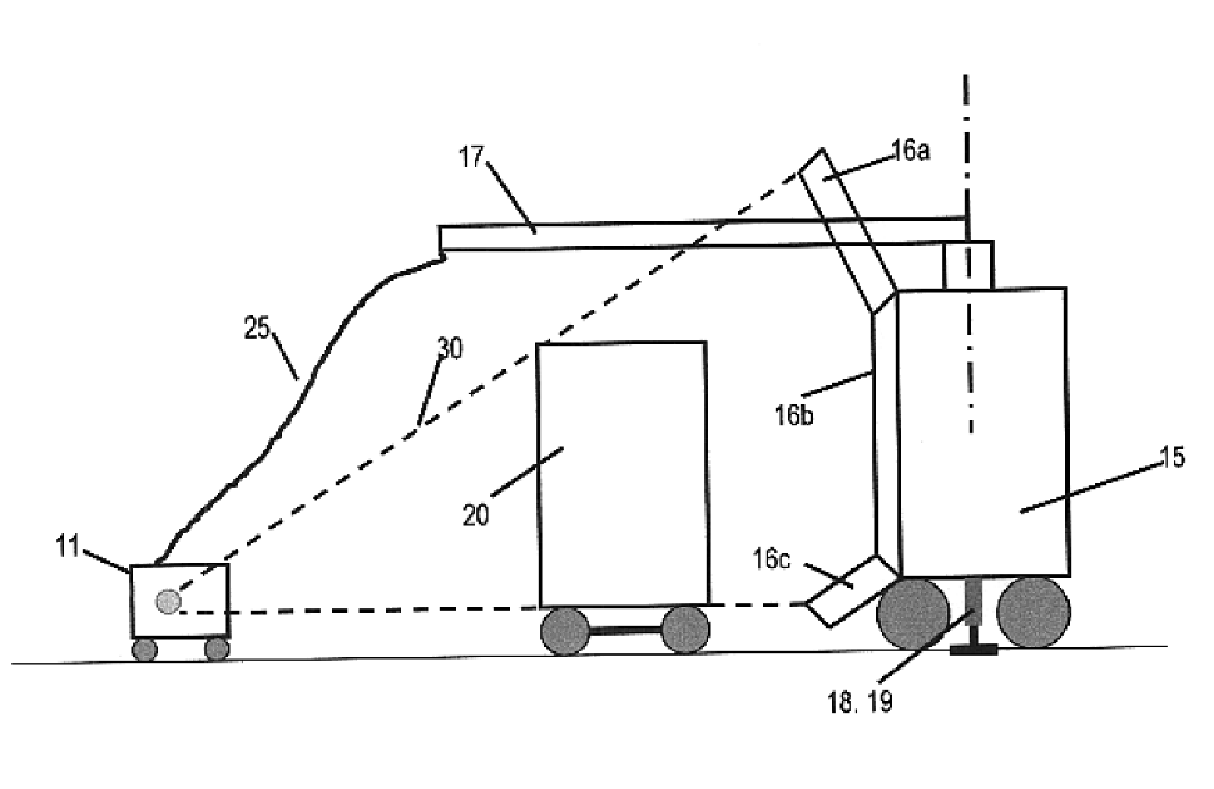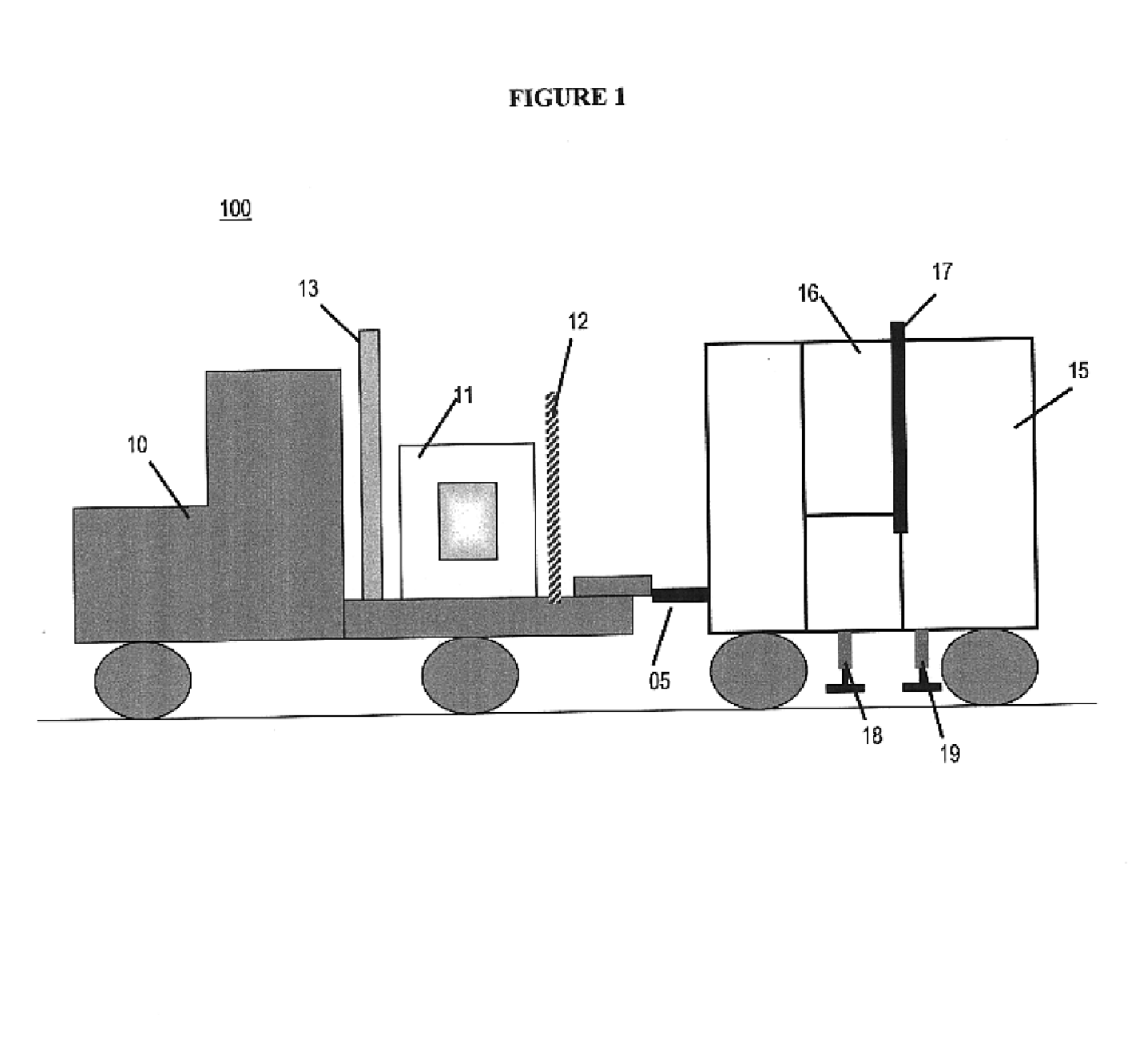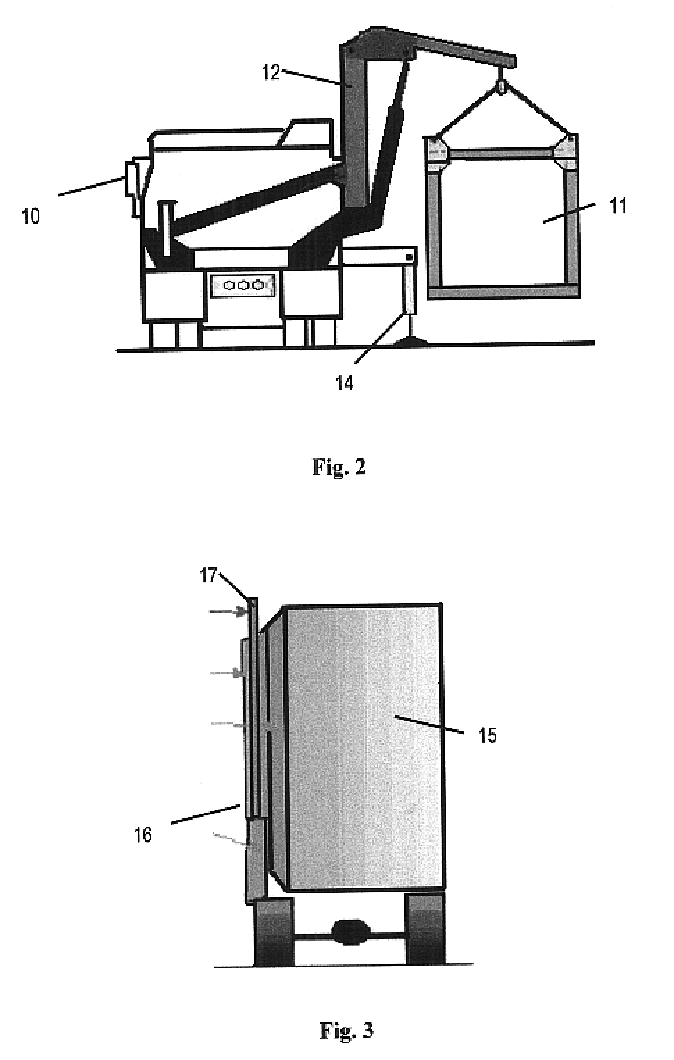Self-contained, portable inspection system and method
a mobile inspection and self-contained technology, applied in the direction of material analysis, material analysis using wave/particle radiation, instruments, etc., can solve the problems of not being able to easily modify, space is generally in substantial demand and short supply, and the scenario is not typically feasible, so as to reduce the wear-tear of the truck engine, reduce operational stress, and optimize the effect of fuel consumption
- Summary
- Abstract
- Description
- Claims
- Application Information
AI Technical Summary
Benefits of technology
Problems solved by technology
Method used
Image
Examples
Embodiment Construction
The inspection methods and systems of the present invention are mobile, rapidly deployable, and capable of scanning a wide variety of receptacles cost-effectively and accurately on uneven surfaces. Reference will now be made in detail to specific embodiments of the invention. While the invention will be described in conjunction with specific embodiments, it is not intended to limit the invention to one embodiment.
FIG. 1 shows a perspective view of an exemplary self-contained inspection system 100. The system 100 comprises of an inspection module 15 that, in a preferred embodiment, is in the form of a mobile trailer capable of being towed and transported to its intended operating site with the help of a tug-vehicle 10. While the present invention is depicted as a tug vehicle 10 connected to a trailer 15, one of ordinary skill in the art would appreciate that the vehicular portion of the system and inspection module portion of the system could be integrated into a single mobile struct...
PUM
| Property | Measurement | Unit |
|---|---|---|
| angle | aaaaa | aaaaa |
| angle | aaaaa | aaaaa |
| velocity | aaaaa | aaaaa |
Abstract
Description
Claims
Application Information
 Login to View More
Login to View More - R&D
- Intellectual Property
- Life Sciences
- Materials
- Tech Scout
- Unparalleled Data Quality
- Higher Quality Content
- 60% Fewer Hallucinations
Browse by: Latest US Patents, China's latest patents, Technical Efficacy Thesaurus, Application Domain, Technology Topic, Popular Technical Reports.
© 2025 PatSnap. All rights reserved.Legal|Privacy policy|Modern Slavery Act Transparency Statement|Sitemap|About US| Contact US: help@patsnap.com



